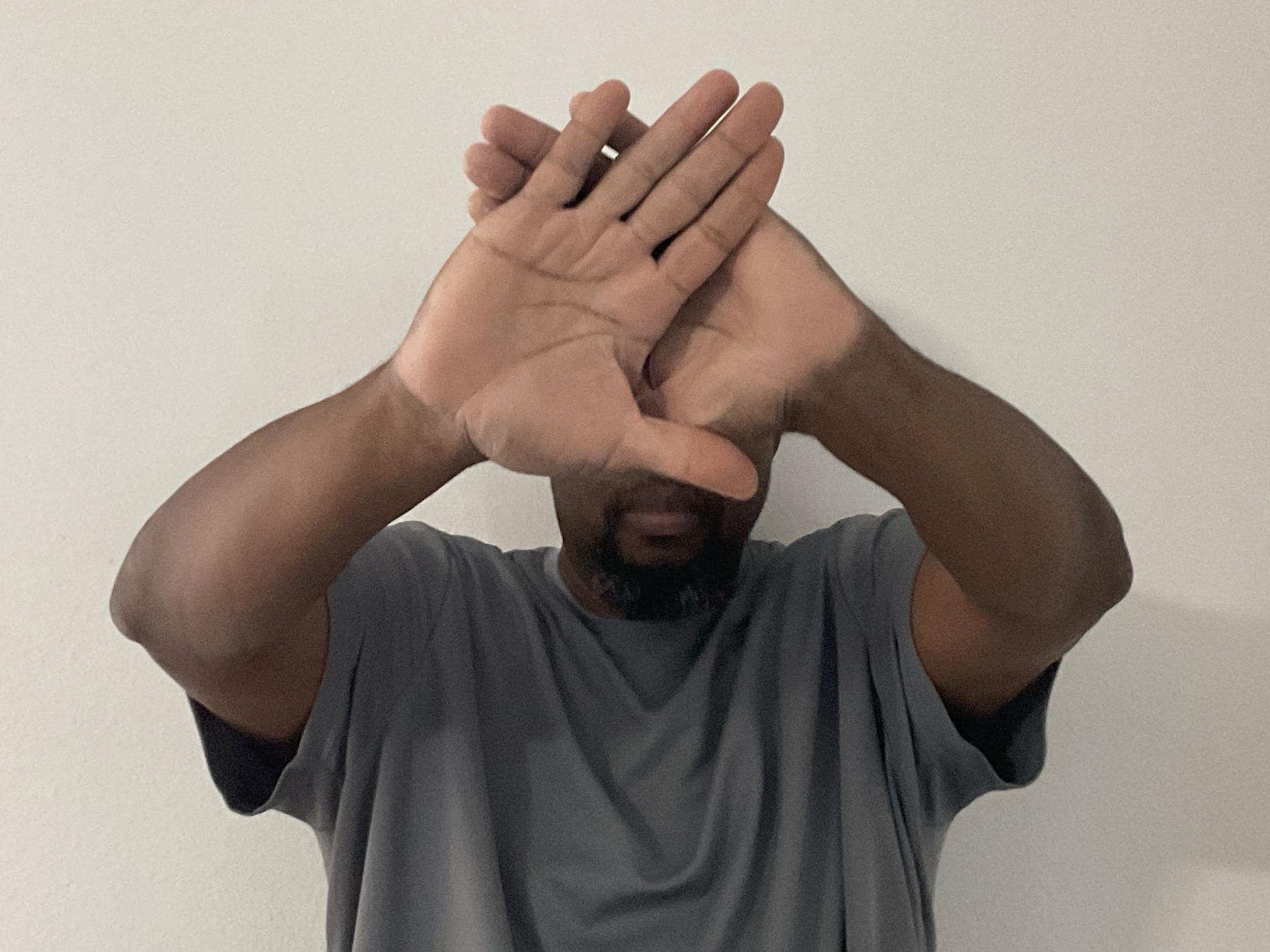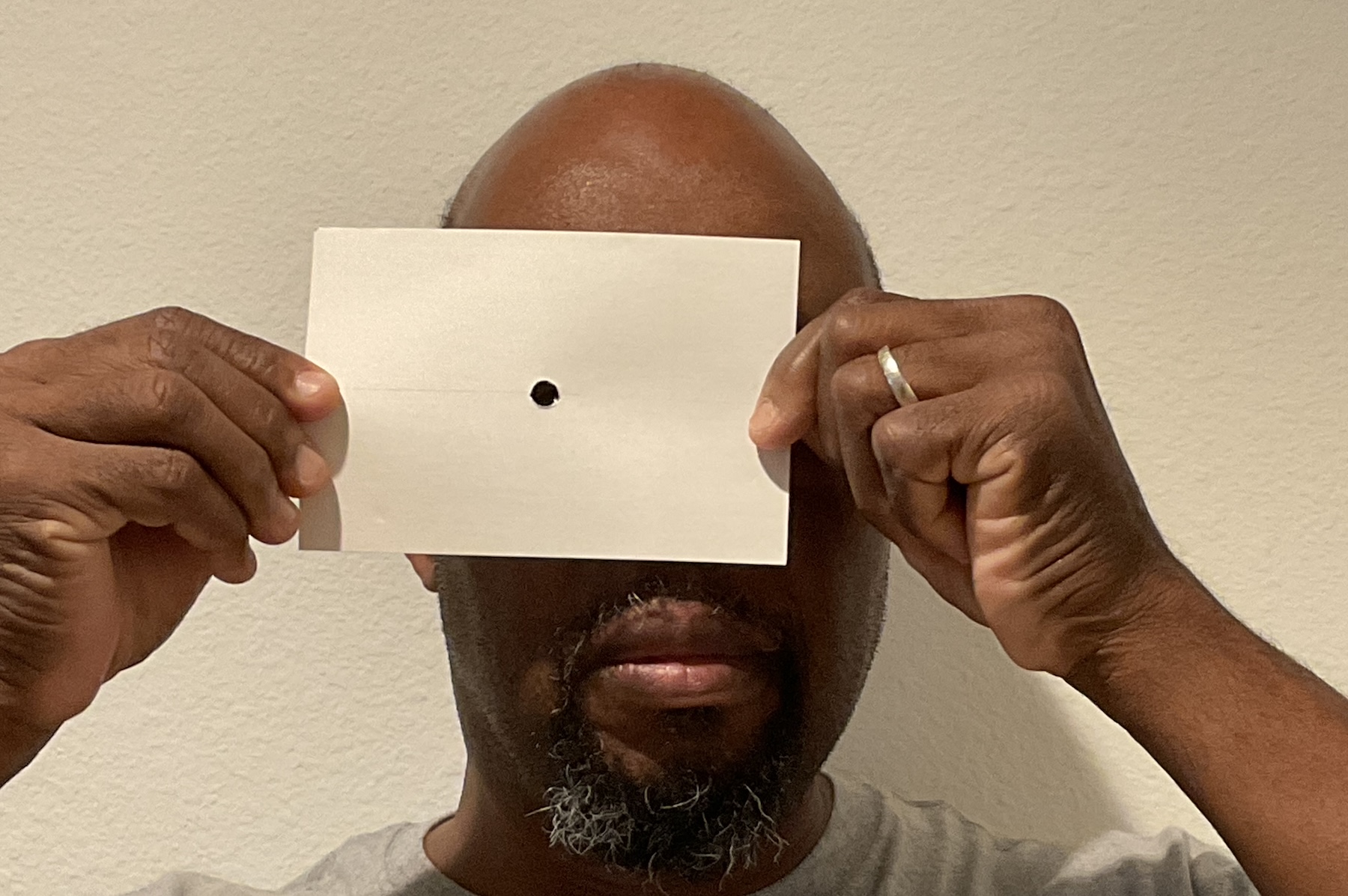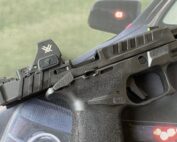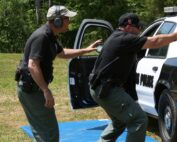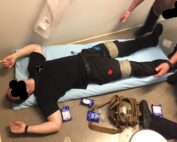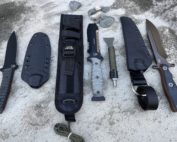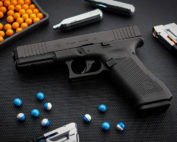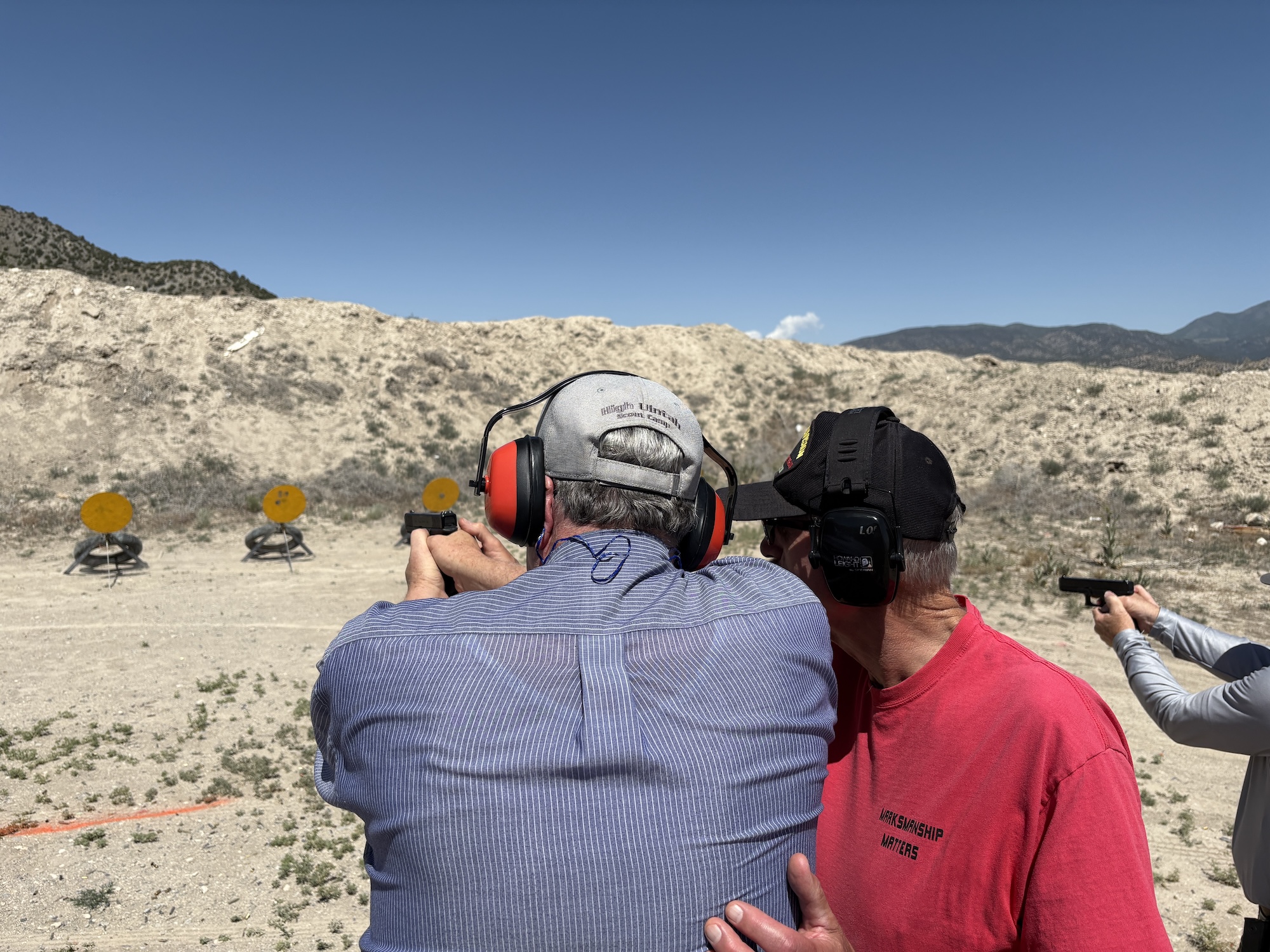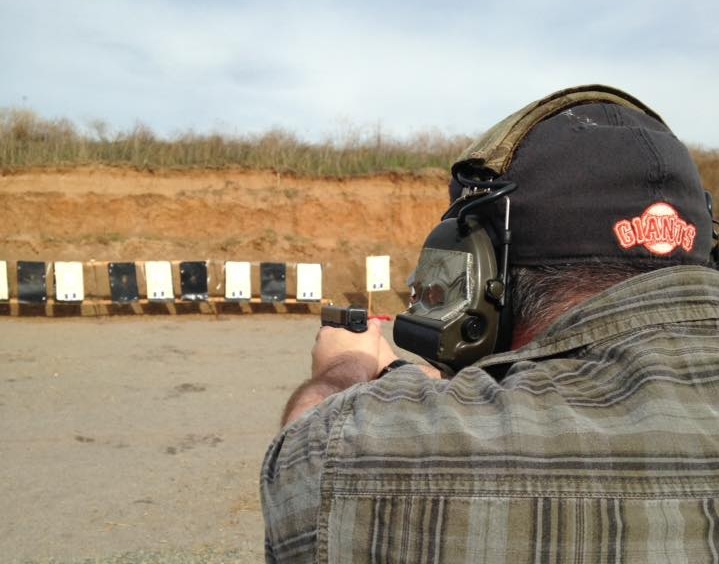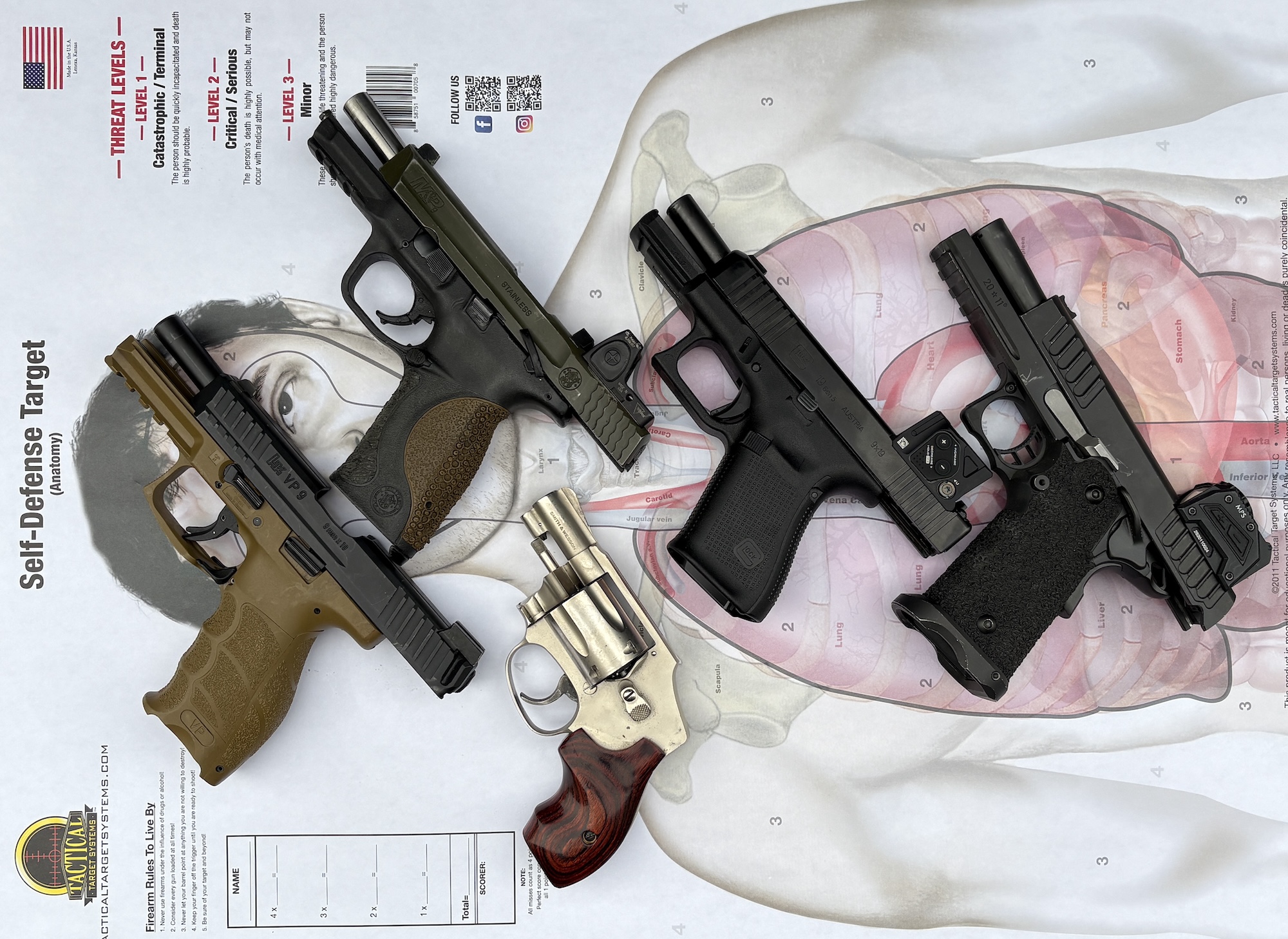
feature2025-06-16 at 1.44.25 PM 1
The eyes identify the threat and confirm the sight picture. While the hands form the grip getting the handgun on target, working the trigger, and managing recoil.
In firearms training, addressing minor issues early on can prevent major ones. One example is the impact aging can have, turning something minor into a significant concern.
As a firearms instructor, I believe that there are a few things I cannot fix – physical and mental limitations. Both can be identified, but the individual must want to overcome them. I will focus on two physical issues that should be addressed with new shooters.
Vision

Got it, but eyesight issues can become a serious problem. You need to identify the threat and confirm you are on target.
Many instructors often overlook vision. This is wrong for the simple reason that if one can’t see, how can one shoot accurately? It is one of the physical requirements for shooting that WILL degrade over time. Anyone who trains with firearms, especially those who carry them professionally, should get their vision checked annually. These eye exams should be performed by a qualified optometrist, preferably one who has experience with shooting. That is probably a tall requirement to fill. If an optometrist like this is not available, learn what issues you need to be able to explain to assist in diagnosing your issues.
One of the first issues I like to identify with all my students is the issue of eye dominance. I experienced this early on while working with a new officer from a large state agency. I didn’t notice any issues with his shooting on paper. Still, when shooting moving steel plates, especially under low and diminished light conditions, he struggled. I remember asking him if he knew which of his eyes was the dominant one. He was confident he was right-handed and right-eye dominant. A test showed that he was right-handed but left-eye dominant. Many people check their eye dominance by holding their hands in front of their face, making a small hole between them.
The student is then instructed to focus on something through the hole and then close one eye at a time to determine which eye is dominant. I have not found this to be very accurate. I started using a 4×6 card with a small hole in the middle.
I would have the student hold it in front of their face and focus on a small mark on the wall through the hole. With an instructor watching, the student would then be instructed to slowly move the card back to their face until it touches their nose. The hole in the card would go to the dominant eye.
I have found this method to be more accurate than the previous technique.
GRIP:
If the handgun is held improperly, shooting, especially under stress, becomes a challenge. Many have and will continue to talk about how to hold a handgun properly. This takes many forms, which I will not attempt to explain here. What I will talk about when talking about grip is how much “pressure” should be exerted on the pistol. The simplest way I like to explain this to my students is, “Grip the gun for the shot you need to make.” The idea of telling someone to exert a certain percentage with one hand and another percentage with the other is not transferable from person to person. The student needs to ensure their fingers and thumbs are correctly placed.
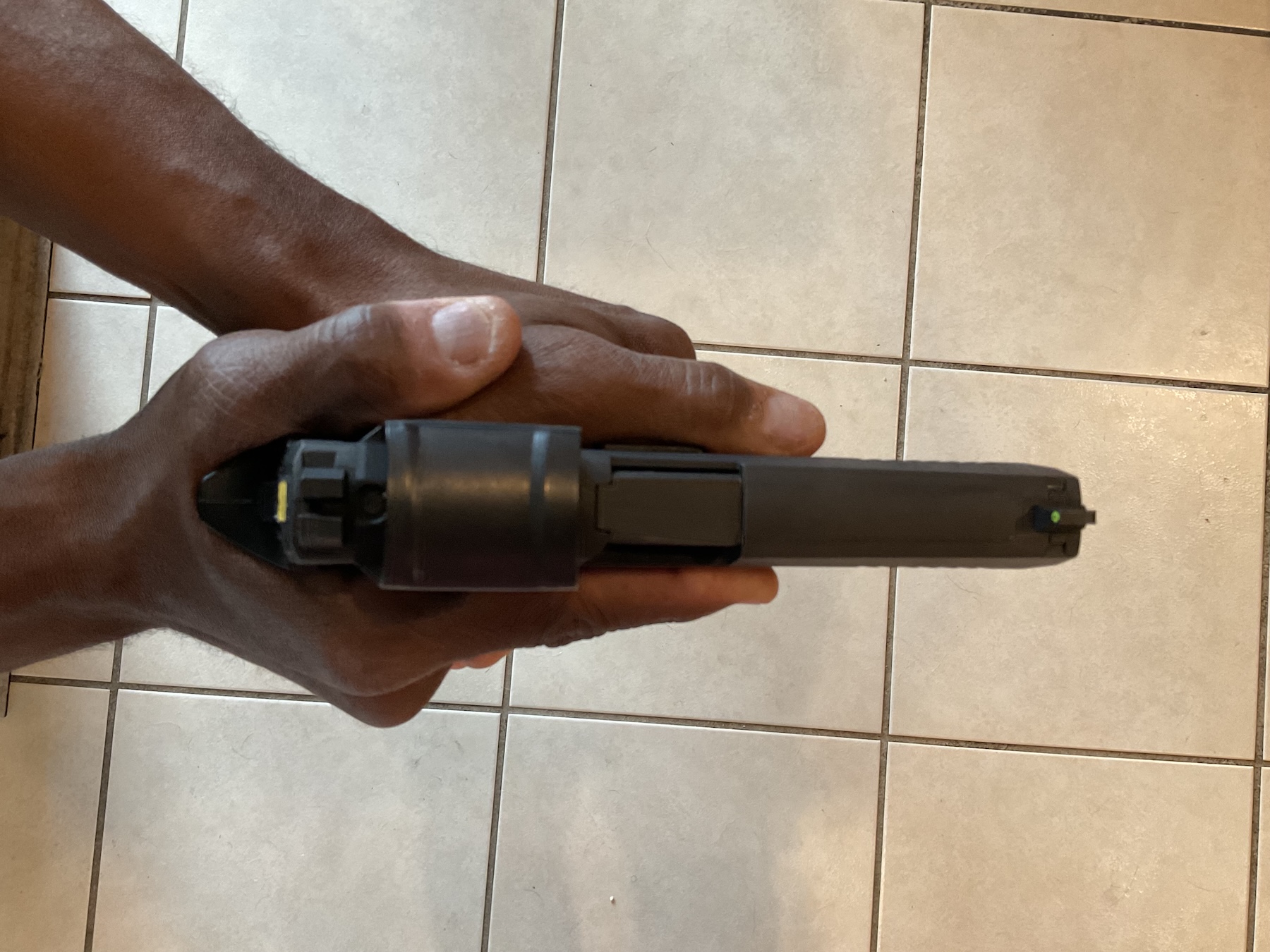
An example of a proper grip. Notice the thumb is away from the slide stop, which may prevent unintentionally depressing it.
One mistake I have seen more often than I would like is having the primary hand’s thumb positioned so low that the support hand is placed over it.

Example of a poor grip – the support hand has overridden the strong thumb, which creates a gap between the frame and your support hand.
This keeps the support hand from making good contact with the handgun’s grip. This improper grip often leads to the support hand’s fingers moving the front of the handgun off target.
The last grip issue deals with the size of the grip. If the student cannot hold the gun and reach the trigger, they will never be able to shoot well. If the student must constantly readjust their grip while shooting, they will never truly control their handgun. Nowadays, most handgun manufacturers offer the ability to adjust the grip size to accommodate a wide range of people.
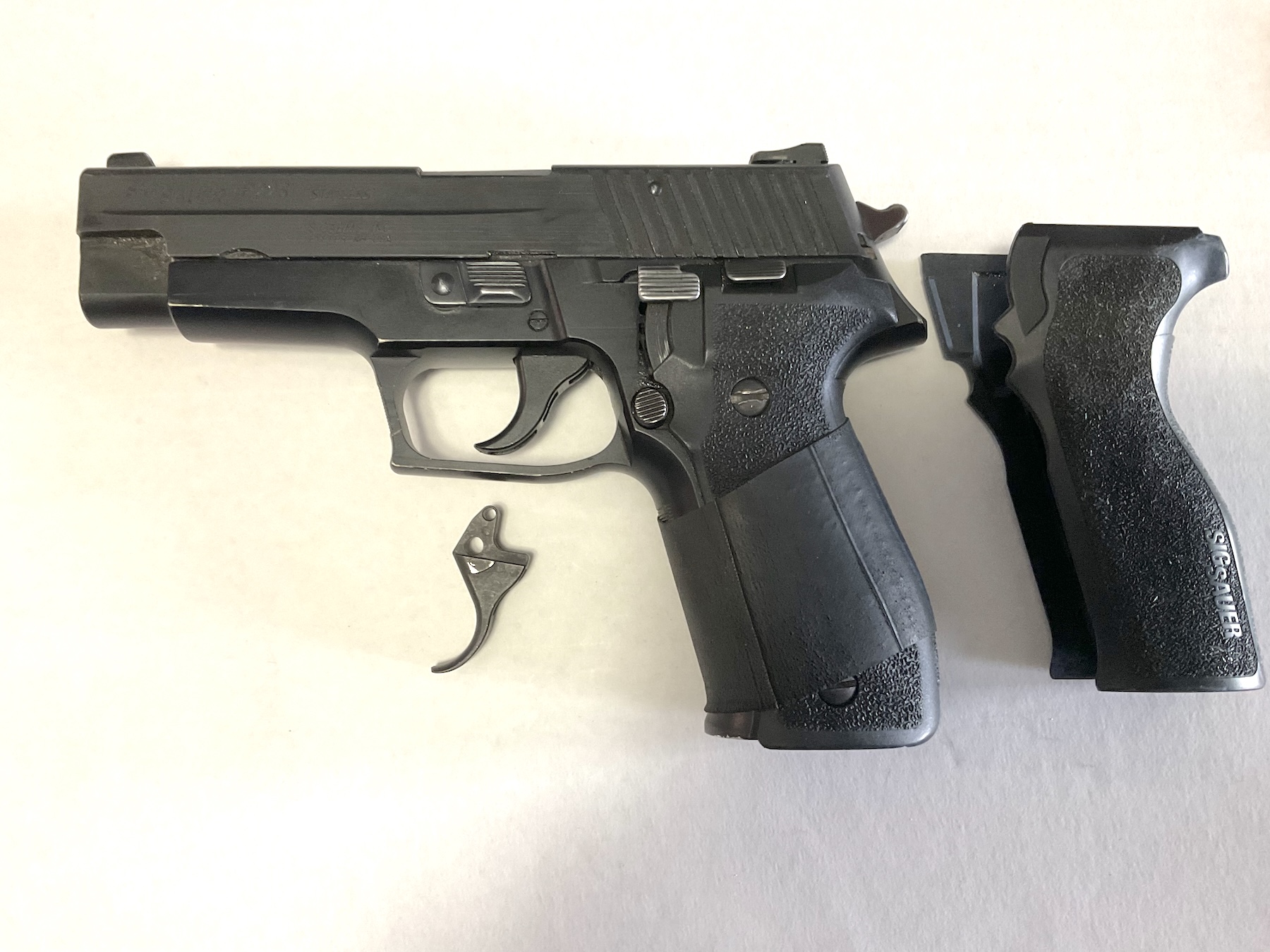
There are OEM and after-market ways to reduce grip size. Here, Sig has the E2 A SIG P-226 with E2 grip panels and the K (short) trigger. The combination makes the pistol fit a wider variety of hands.
Final Thoughts
Instructors need to be prepared to fit each officer to their handgun so that officers can obtain the best possible grip for shooting.
These two areas (vision and grip), identified and addressed early, can prevent problems in the future.


 (No Ratings Yet)
(No Ratings Yet)